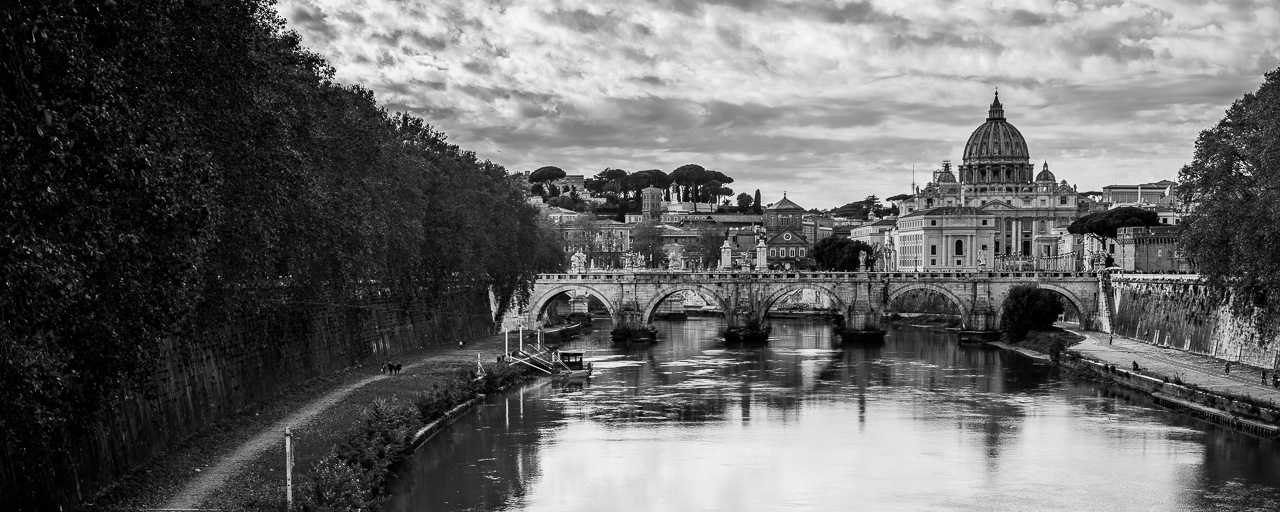Speaker
Description
Multigap Resistive Plate Chambers (MRPC) with an excellent time accuracy in the range of sub-nanoseconds are often used as time-of-flight detector. For the Compressed Baryonic Matter experiment (CBM) at GSI/FAIR, MRPCs are required to work in the CBM-TOF-wall at particle fluxes on the order of 1-10 kHz/cm2 for the outer region and 10-25 kHz/cm2 for the central region. The high bulk resistivity of normal soda-lime float glass reduce the usage of RPC with such electrodes to fluxes below 1 kHz/cm2, that’s why different types of low resistive glasses and ceramics are under consideration for MRPC-electrodes , to improve the rate capability of the TOF detectors. A new type of commercially available thin low-resistivity float-glass could sufficiently reduce the costs of the central region of the TOF-wall. We report on the working and timing characteristics of a MRPC built with this new low-resistivity electrode material. The tests have been performed, using the continuous single-electron beam at ELBE/Dresden. This 10-gap MRPC with 160 µm gaps reaches 97% efficiency for mips at 19.2 kV and a time resolution of 36 ps at particle fluxes near 2 kHz/cm2. At a flux of 100 kHz/cm2, the efficiency is still above 95% and a time resolution of 50 ps is obtained, which would fulfil the requirement of CBM.

